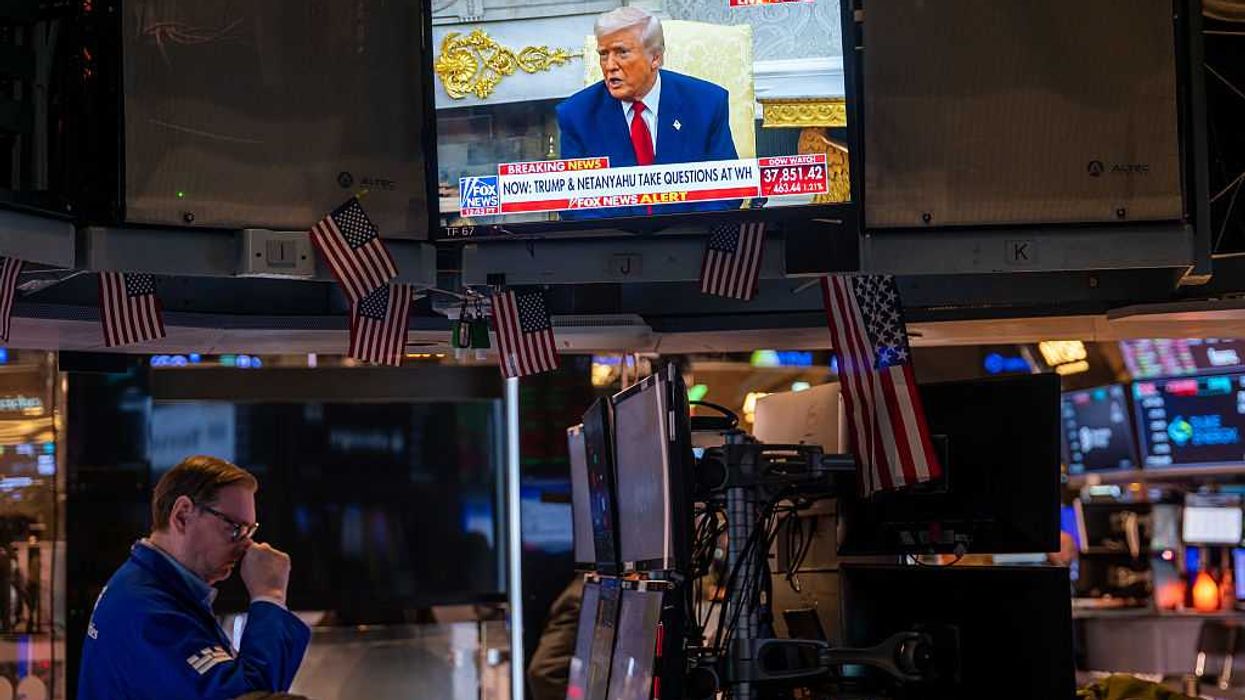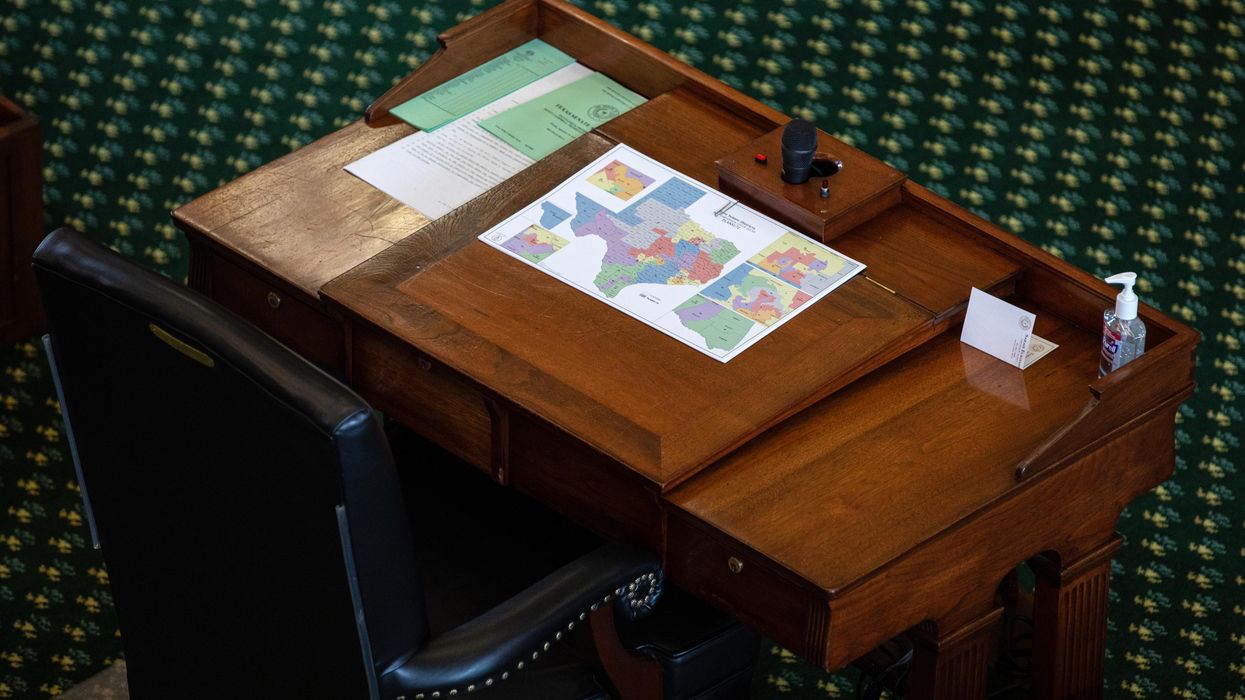Overview of the U.S.-Japan Trade Agreement
Tariff Reduction to 15%. The U.S. will impose a 15% tariff on Japanese imports, down from the previously threatened 25%. Before the Trump administration, Japanese passenger vehicles faced a 2.5% tariff, while trucks were subject to a 25% rate under Section 232 of the Trade Expansion Act.
$550 Billion Japanese Investment. Japan has committed to investing $550 billion in the U.S. economy, targeting sectors including semiconductors, pharmaceuticals, automotive manufacturing, and AI innovation.
Expanded Market Access. Japan will open its markets to more U.S. exports, particularly automobiles, rice, and other agricultural goods under a newly reciprocal framework.
Auto Industry Implications
Tariff Restructuring. Japanese auto exports to the U.S. will now face a 15% tariff, down from the 27.5% effective rate imposed in March by the Trump administration. Prior to this shift, rates had held steady for decades at 2.5% on cars and 25% on trucks.
Impact on Consumers. Because tariffs act as taxes on imports, the 15% rate will increase costs for Japanese automakers selling in the U.S. Unless those companies reduce profit margins or shift production stateside, prices are likely to rise. Analysts project average vehicle price hikes of $1,500–$3,000, depending on the model.
Effect on U.S. Manufacturers. Japan has agreed to ease non-tariff barriers—including import quotas and regulatory restrictions—to support increased U.S. vehicle exports. However, exact tariff rates for U.S. cars entering Japan remain unclear, raising questions about equitable market access.
Agriculture & Quotas
Japan will increase U.S. rice imports under its existing tariff-free quota, sidestepping broader concessions in its agricultural sector.
2024 Trade Deficit Snapshot
The U.S. goods trade deficit with Japan in 2024 totaled approximately $69.4 billion. This was driven by imports of vehicles, electronics, and industrial supplies. Japan, conversely, recorded a bilateral trade surplus of approximately 8.6 trillion.
Will the Deal Reduce the Trade Imbalance?
That remains uncertain. Several provisions could help narrow the gap:
- Japan’s $550 billion investment may expand U.S. export capacity over time.
- Improved access for U.S. cars and agricultural goods could boost American sales abroad.
- Streamlined regulatory certification may lower barriers for U.S. vehicles sold in Japan.
Yet, other factors may counteract any progress:
- The new 15% tariff on Japanese imports—well above the pre-2025 norm—could dampen U.S. demand.
- U.S. automakers still face a 25% export tariff unless production shifts or policy changes occur.
- Japanese consumers’ preference for domestic and European brands may limit traction for U.S. vehicles.
Will the Deal Shift Japanese Manufacturing to the U.S.?
Japan’s pledged investment is substantial, and firms like Toyota and Hitachi are expanding U.S. operations. Still, the extent and pace of manufacturing relocation remain unclear.
Key variables include:
- Whether companies move production stateside to avoid tariffs or maintain existing export models.
- Whether investments focus on manufacturing or instead target R&D, joint ventures, or infrastructure.
- The lack of a defined timeline or enforcement mechanism adds uncertainty to forecasts of domestic job growth.
While the political framing centers on “bringing jobs home,” actual outcomes will hinge on implementation and corporate strategy. The lack of a clear timeline or enforcement mechanism at this juncture makes predictions about the benefits to manufacturing extremely difficult despite the political rhetoric.
Domestic and Geo-Political Implications of the Trade Deal
The trade deal certainly reinforces the U.S.-Japan ties amid rising geopolitical friction in East Asia, a strategically contested region, by economically binding the two allies. This offers stability in a region where military and diplomatic tensions remain very high.
However, while Trump’s framing centers on economic nationalism, the unintended consequences are many, including labor displacement and inflationary pressures. If investments do lead to new factories, they could shift job growth to key manufacturing corridors across the South and Midwest of the U.S. and strongly impact campaign messaging ahead of 2026. If the results lead to high inflation, the political consequences could be negative for Republicans, especially if inflation hits working-class voters the hardest.
David Nevins is co-publisher of The Fulcrum and co-founder and board chairman of the Bridge Alliance Education Fund.



















